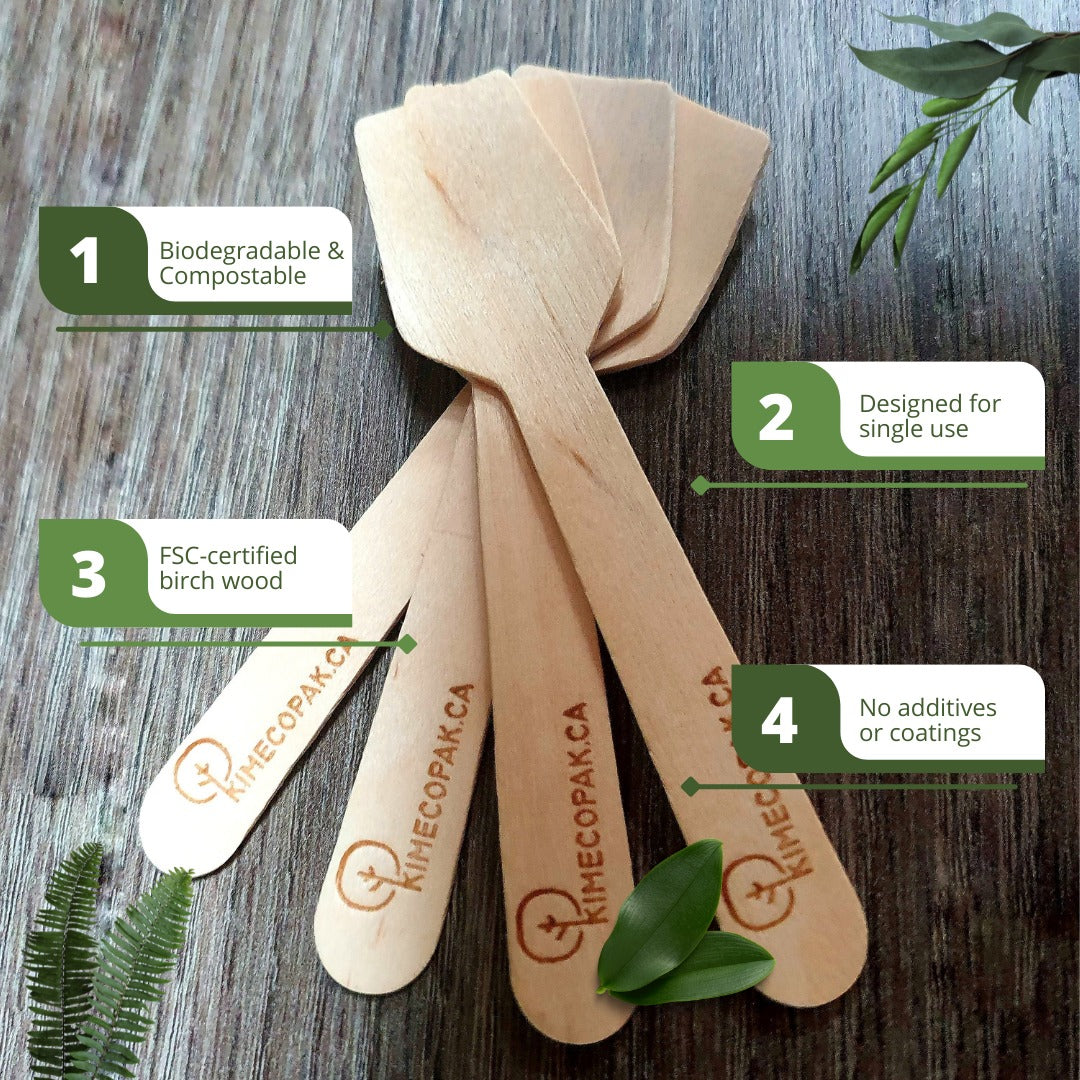Chutney, with its rich blend of flavors, can elevate any meal. Proper storage is essential to maintain its taste and quality over time. This article will provide you with comprehensive information and practical tips on how to store chutney to maximize its shelf life. We will explore various storage methods, factors affecting chutney storage, and best practices for preserving your chutney.
- Chutney: What Is It, Common Chutney Recipes & What Is Chutney Served With?
- How to Make Mango Chutney. Things to Do With Mango Chutney
- How To Make Green Chutney For Sandwich, Dosa, Chaat - Green Chutney Recipe
- How to Make Tomato Chutney? How Long Does Tomato Chutney Last?
Why Need Store Chutney Properly?
Proper storage of chutney helps in preserving its taste and nutritional value, preventing spoilage, and ensuring it is safe to consume. Incorrect storage can lead to the growth of bacteria and molds, making the chutney unsafe.
Chutney Storage Methods - How To Store Chutney
Refrigerator Storage
Refrigerating chutney is a common method that helps in extending its shelf life. Store chutney in airtight containers to prevent contamination and absorption of other food odors.
- For store-bought chutney, you should transfer the chutney to a clean, airtight container if the original jar doesn’t seal well. And put them in refrigerate for a temperature between 35°F and 40°F (1.7°C to 4.4°C).
- For homemade chutneys, glass jars with tight-fitting lids are ideal. Fill the jars to about ½ inch from the top, wipe the rims clean, and seal tightly. This way can keep your chutney fresh for 1-2 months, although it may remain safe to consume for up to 3 months if properly stored and showing no signs of spoilage.

Pantry Storage
Unopened jars of chutney can be stored in a cool, dark pantry. Ensure the temperature remains stable to prevent spoilage. You should choose a cool, dark spot away from heat sources. The ideal temperature range is between 50°F and 59°F (10°C to 15°C).
These chutneys can last up to 1-2 years if stored properly. However, check the “best by” date and look for signs of spoilage before using.
Freezer Storage
Freezing chutney is another excellent method for long-term storage. Use freezer-safe containers or bags, leaving some space for expansion. Thaw chutney in the refrigerator before use and use within a week.
Factors Affecting Chutney Storage
Ingredients and Acidity
The ingredients and acidity level of chutney significantly affect its shelf life. Chutneys with higher acidity tend to last longer.
Chutneys that have a pH of less than 4.6 are regarded as high-acid and have a longer shelf life. Lower acidity varieties may need more preservatives or careful storage to ensure freshness and safety. Low-acid chutneys require more involved preservation techniques like pressure canning, while high-acid chutneys (pH 4.6 or lower) can be safely preserved using simpler methods like hot water bath canning.
Container Types
- Glass jars with airtight lids are ideal for storing chutney, as they are non-reactive, easy to sterilize, prevent air and moisture from entering, and allow you to spot any signs of spoilage.

- Plastic containers can be used, but ensure they are food-grade and designed for acidic foods.
- Or use appropriate canning jars with two-piece lids. These produce an airtight seal that preserves the freshness and safety of your chutney for a long time.
Environmental Conditions
Store chutney in a cool, dark place to prevent exposure to heat and light, which can degrade its quality. Light is the enemy of preserved foods, breaking down colors and flavors over time. So you should consider lower kitchen cabinets, basement shelves, or a dedicated pantry space.
Best Way for Storing Chutney
Sterilization Techniques
Before storing chutney, sterilize the jars and lids to kill any bacteria. Boil them in water for at least 10 minutes and let them dry completely.
Proper Sealing Methods
Ensure the chutney jars are sealed properly to prevent air from entering. For homemade chutney, use canning techniques to create a vacuum seal.
Safe Handling and Hygiene
Always use clean utensils when handling chutney to prevent contamination. Wash your hands thoroughly before and after handling.
How Long Does Chutney Last?
Chutney Shelf Life Guide
| Type of Chutney | Pantry (Unopened) | Refrigerator (Opened) | Freezer |
|---|---|---|---|
| Commercial | 1-2 years | 1-3 months | Not recommended |
| Homemade (High Acid) | Not recommended | 1-2 months | 4-6 months |
| Homemade (Low Acid) | Not recommended | 2-4 weeks | 3-4 months |
How Long Does Chutney Last Once Opened?
Once opened, chutney can last 1 to 3 months in the refrigerator if stored properly in an airtight container.
How Long Does Chutney Last Unopened?
Unopened chutney can last up to 2 years in a cool, dark pantry and up to 1 year in the freezer.

How Do You Know If Chutney Has Gone Bad?
Signs of spoilage include a change in color, mold growth, off smell, and a sour or off taste. If you notice any of these signs, discard the chutney immediately.
For instance:
- Mold: Any sign of fuzzy growth is a no-go.
- Off odors: If it smells funky or fermented, toss it.
- Color changes: Darkening or fading beyond normal could indicate spoilage.
- Texture changes: Separation or excessive thickening might mean it’s past its prime.
- Bubbling or fizzing: This could indicate fermentation.
Tips on Storing Chutney
- Label jars with the date of preparation or purchase.
- Keep chutney jars away from direct sunlight and heat sources.
- Always use clean utensils to avoid contamination.
- Ensure jars are sealed properly before storing.
Storing Chutney FAQs
Do Chutneys Need To Be Refrigerated?
Opened chutneys should be refrigerated to extend their shelf life. Unopened chutneys can be stored in a cool, dark pantry.
How Long Does Tomato Chutney Last In The Fridge?
Tomato chutney can last 1 to 2 months in the refrigerator if stored properly.
How Do You Preserve Chutney At Home?
Preserve chutney by canning in sterilized jars, ensuring an airtight seal, and storing in a cool, dark place.
How Do You Keep Chutney For Long Time?
For long-term storage, consider freezing chutney in airtight, freezer-safe containers.
Where Is The Best Place To Store Homemade Chutney?
Store homemade chutney in the refrigerator for short-term use and in the freezer for long-term storage.
Conclusion
Proper storage of chutney is essential to maintain its quality and safety. By following the methods and tips outlined in this guide, you can enjoy your chutney for an extended period. Whether you store it in the refrigerator, pantry, or freezer, always ensure it is sealed and handled correctly to maximize its shelf life.
Related Articles:







